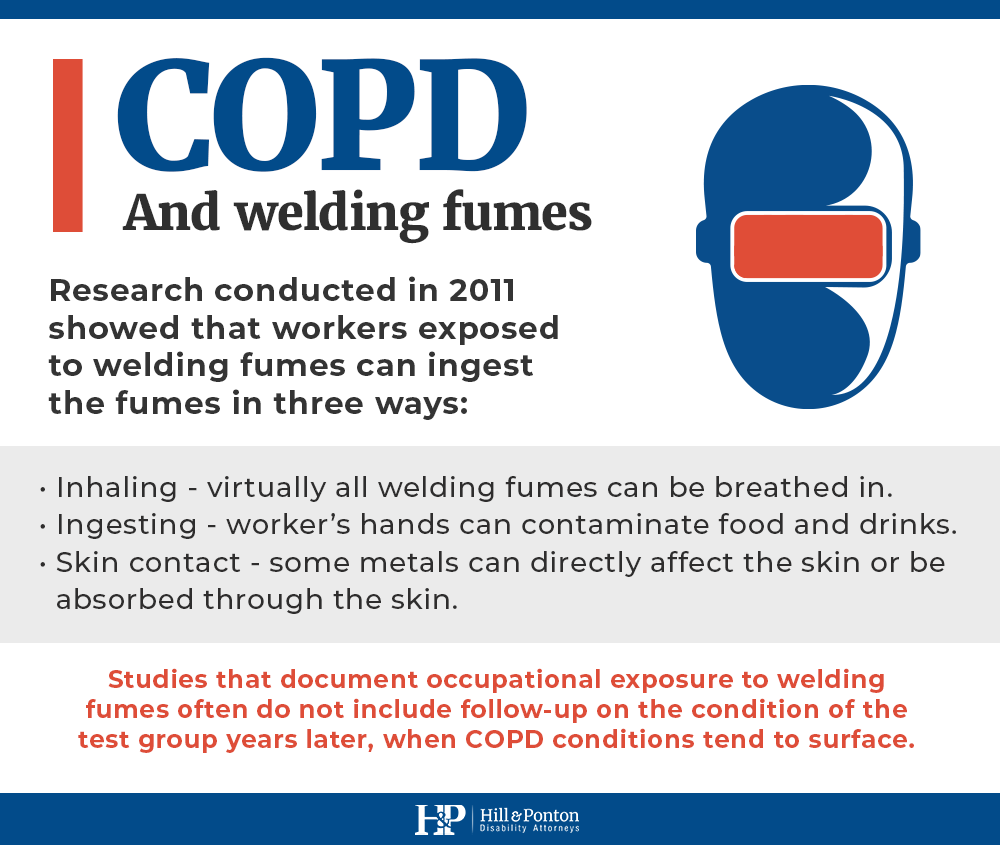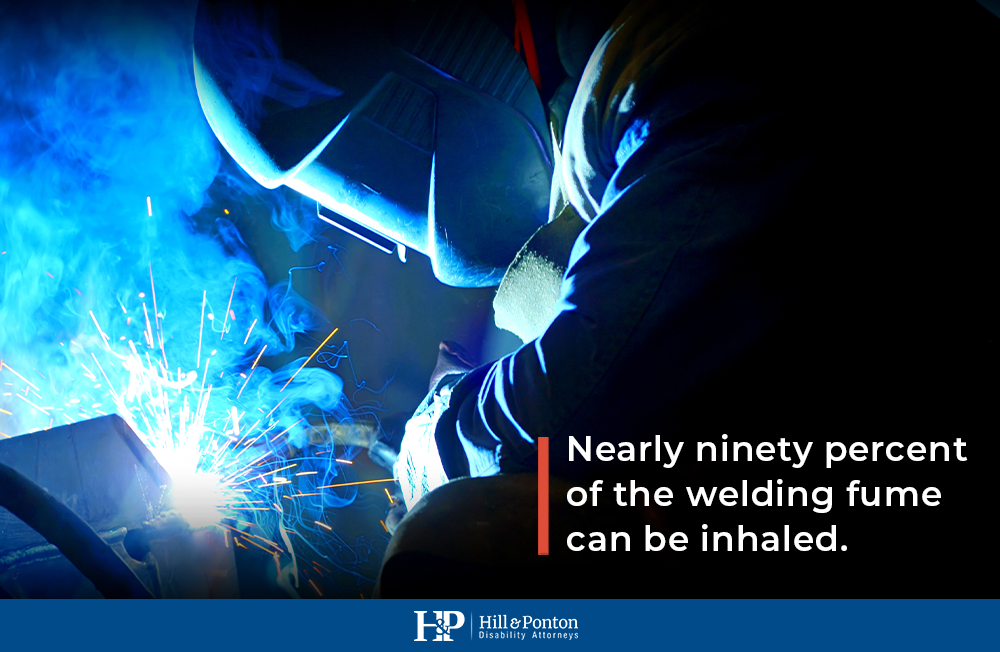It is surprising how much controversy can exist over medical issues. Take COPD, for example. COPD is Chronic Obstructive Pulmonary Disease, an obstructive lung disease characterized by chronically poor airflow.
It typically worsens over time. Medical experts and researchers unanimously agree that cigarette smoking is the number one cause of COPD. What they cannot agree on are other causes of COPD.
Many articles about COPD have started to appear in famous public health and occupational health journals such as the European Respiratory Journal (eur respir j), Pubmed, and the Occupation and Environmental Medicine Journal (occup environ med).
Dr. Antonini and his cohort study the cumulative exposure to COPD in Ukraine, Kazakhstan, and Azerbaijan. During their epidemiological studies, Dr. Antonie and his team of specialists in environmental medicine found that COPD was prevalent in Ukraine, Kazakhstan, and Azerbaijan. Vets that were stationed in Kazakhstan and Azerbaijan are at an increased risk for COPD.
D.H. Koh is another leading writer on the prevalence of COPD, specifically from welding fumes.
In a previous blog post, we discussed the oil well fires of Kuwait, and how the fumes of the burning fires caused COPD in many of the soldiers exposed to the fires. This post will present another occupational hazard to soldiers and veterans – welding fume exposure.

Chronic Obstructive Pulmonary Disorder (COPD)
The problem with COPD, and one of the big reasons why medical experts and researchers do not always agree on causations, is that COPD’s health effects tend to manifest years after the exposure.
Studies that document occupational exposure to welding fumes often do not include follow-up on the condition of the test group years later, when COPD conditions tend to surface.
Some of the characteristics of COPD include:
- Shortness of breath, especially during physical activities
- Wheezing
- Chest tightness
- Having to clear throat first thing in the morning, due to excess mucus in lungs
- A chronic cough that produces sputum that may be clear, white, yellow or greenish
- Decreased lung function
- Chronic bronchitis
- Scratchy airway
- Decreased pulmonary function
- Blueness of the lips or fingernail beds (cyanosis)
- Frequent respiratory infections
- Lack of energy
- Lung cancer
- Parkinson’s
- Other respiratory symptoms
- Elevated cadmium levels
- Regression with other disabilities
- Increased manganese in non-smokers (This may not be an indicator in smoking welders)
- Unintended weight loss (in later stages)
- Exacerbations—severe episodes during which symptoms become worse and persist for days or longer
Welding Fumes Toxic Effects
Research conducted in 2011 showed that workers with high exposure to welding fumes and fume particles can ingest the fumes in three ways:
- Inhaling – virtually all welding and metal fumes can be breathed in especially without exhaust ventilation or respiratory protection and other control measures
- Ingesting – when workers eat with dirty hands and eat/drink contaminated foods or liquids
- Skin contact – some metals (such as beryllium, chromium and cobalt) can directly affect skin and cause irritation, or be absorbed through the skin through lacerations or other damage to the skin
Welding typically produces toxic substance emissions, such as:
- Heavy metals
- Ozone
- Oxide
- Carbon monoxide
- Carbon dioxide
- Nitrogen dioxides
Welding processes also produce gases, which can contain:
- Carbon monoxide
- Fluorine
- Hydrogen fluorine
- Nitrogen dioxide
- Ozone
Statistically, nearly ninety percent of the welding fume can be inhaled. Fume particles produced by Flux-cored arc welding (FCAW), which is the most common type of welding, are typically magnetite.

Common types of Welding
There are many different types of welding methods, including:
- Shielded metal arc welding (SMAW)
- Gas tungsten arc welding (GTAW)
- Gas metal arc welding (GMAW)
- Stainless steel welding (SSW)
- Flux-cored arc welding (FCAW)
- Submerged arc welding (SAW)
- Electroslag welding (ESW)
From a military MOS standpoint, welding occupations are most commonly found in the Navy. The following are common welding occupations, but this list is by no means exhaustive:
- Aeronautical welder
- Pipefitter
- Nuclear Propulsion welder
- Hull Technician
- Flight Support
- NSW/NSO divers
- Seabee with a Steelworkers rating
- Structural ship welder
- Shipyard welders
- Machinist’s Mate
When pursuing a VA claim for COPD as caused by welding fumes, it is best to obtain sympathetic doctor’s opinion to provide a nexus statement. A nexus is the link between the incident (or exposure) in service, and the resulting medical condition.
When establishing service-connection for a condition, the VA will require proof that the condition was as likely as not caused or aggravated by military service.
If you seek an evaluation of your COPD, the VA or your medical expert may have you fill out a questionnaire related to your COPD. It is important to note all the symptoms you’re experiencing for an accurate diagnosis.
A statement by a medical expert with an understanding of the lack of occupational safety in the military welding field, speaking of the risk factors of your military service and lack of occupational medicine available for COPD sufferers, will help your case.





